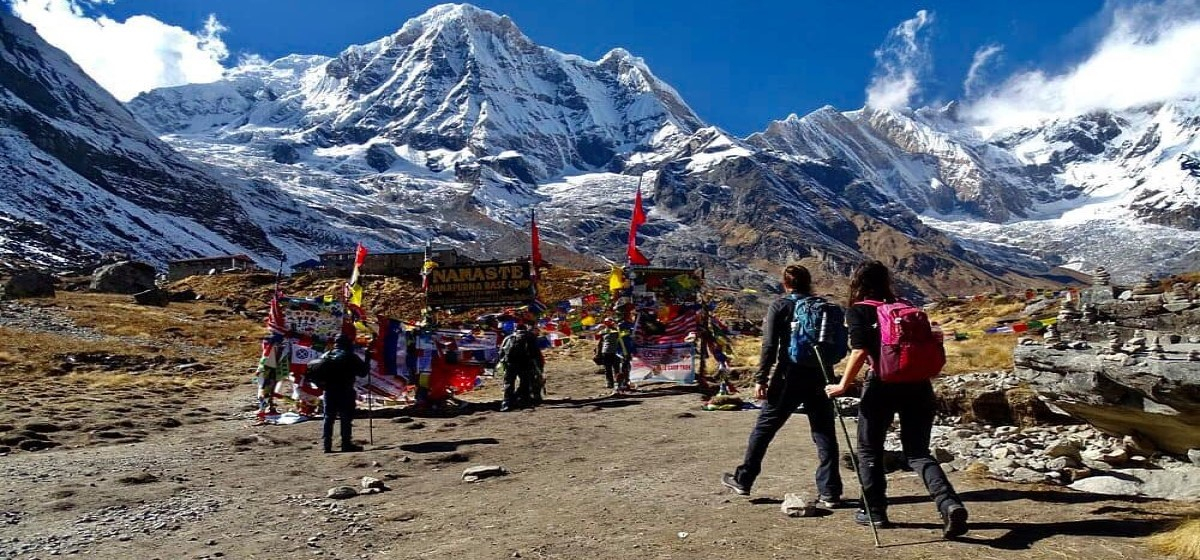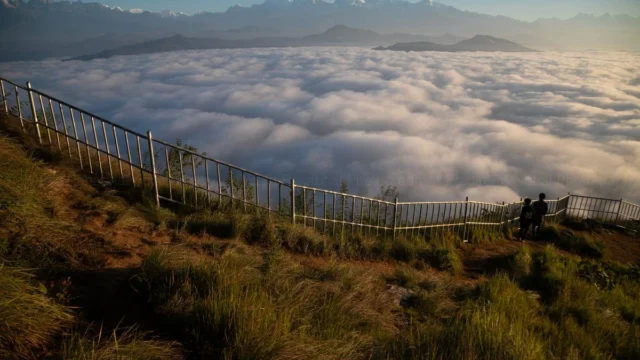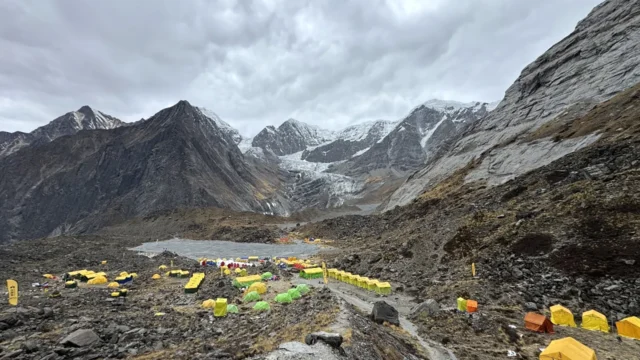Nestled in the heart of the Himalayas, Annapurna is one of Nepal’s most sought-after trekking destinations, offering a unique blend of natural beauty, cultural richness, and adventure. The region is home to the Annapurna Massif, a series of peaks over 7,000 meters, including the formidable Annapurna I, standing tall at 8,091 meters. This majestic range attracts thousands of trekkers and mountaineers from around the world each year.
Annapurna offers a variety of trekking routes catering to different levels of experience and interest. The most popular among these is the Annapurna Circuit, which encircles the massif and offers trekkers a comprehensive experience of the region’s landscapes and cultures. The circuit typically takes about 15-20 days to complete, passing through diverse terrains ranging from lush subtropical forests to alpine meadows and arid deserts.
Another renowned route is the Annapurna Base Camp (ABC) trek, which takes trekkers to the base of Annapurna I. This trek is shorter, usually completed in 7-12 days, and provides an up-close view of the Annapurna Sanctuary, a high glacial basin surrounded by some of the highest peaks in the world.
The Annapurna region is not just about mountains; it is also a cultural tapestry woven with the traditions of various ethnic groups, including the Gurung, Magar, Thakali, and Tibetan communities. Trekkers have the opportunity to stay in traditional villages, experiencing local hospitality and learning about age-old customs and lifestyles.
The villages of Ghandruk and Manang are particularly notable for their cultural significance. Ghandruk, with its stone-paved streets and traditional Gurung houses, offers panoramic views of Annapurna South, Hiunchuli, and Machapuchare (Fishtail). Manang, located at an altitude of 3,540 meters, is a cultural melting pot where trekkers can acclimatize and explore the rich traditions of the local inhabitants.
The Annapurna Conservation Area, the largest protected area in Nepal, encompasses the entire Annapurna region. It is a biodiversity hotspot, home to rare and endangered species such as the snow leopard, red panda, and Himalayan Thar. The conservation efforts have helped preserve the unique flora and fauna, making the trekking experience not only adventurous but also environmentally enriching.
One of the highlights of the Annapurna trek is the sunrise view from Poon Hill. At 3,210 meters, Poon Hill offers a breathtaking panorama of the Annapurna and Dhaulagiri ranges. Trekkers often rise before dawn to witness the first light illuminating the snow-capped peaks, a sight that is often described as a once-in-a-lifetime experience.
Practical Information for Trekkers
Best Time to Visit: The best time to trek in the Annapurna region is during the pre-monsoon (March to May) and post-monsoon (September to November) seasons. These periods offer clear skies, moderate temperatures, and the best views of the mountains.
Permits: Trekkers need to obtain the Annapurna Conservation Area Permit (ACAP) and the Trekkers’ Information Management System (TIMS) card. These can be acquired in Kathmandu or Pokhara.
Preparation and Safety: Proper acclimatization is crucial to avoid altitude sickness. Trekkers should also ensure they are physically fit and have the necessary gear, including sturdy trekking boots, warm clothing, and a good quality sleeping bag.
Annapurna is more than just a trekking destination; it is a journey into the heart of the Himalayas, where nature and culture coexist harmoniously. Whether you are an avid trekker seeking adventure or a nature enthusiast looking to immerse yourself in the serene beauty of the mountains, Annapurna offers an unforgettable experience. As tourism in the region continues to grow, it is essential to promote sustainable practices to preserve the pristine environment and rich cultural heritage for future generations.






